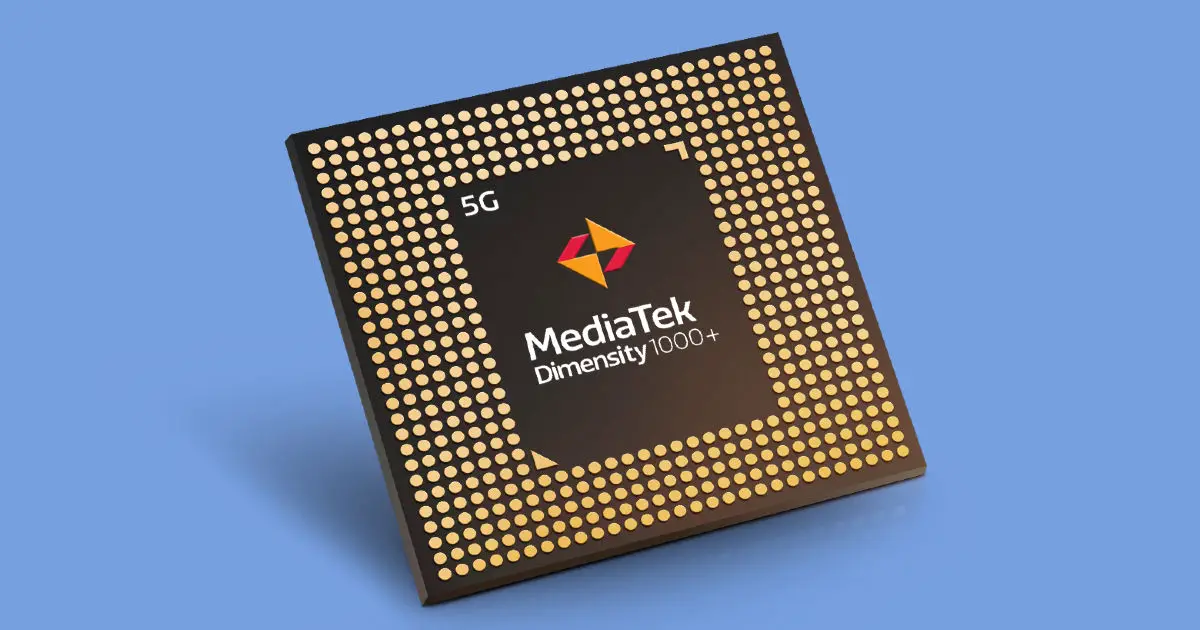The rumors floating online recently have raised quite some speculation about the possibly extremely affordable Samsung Galaxy Z Flip FE, certainly a very interesting member of the Galaxy Z Flip series.
Apparently, this entry-level foldable can boast a Samsung Exynos 2400 chip, which is not exactly customary for such a device. If these rumors are true, then Samsung’s latest project might offer performance that little might expect from a more affordable entry-level foldable phone.
More news has come out about the next generation of Galaxy Z Fold and Z Flip, and it seems that Samsung is indeed preparing to expand its Exynos-powered lineup in a way that might reshape its foldable phone strategy.
Samsung Galaxy Z Flip FE with Exynos 2400 Processor
Samsung Galaxy Z Flip FE allegedly uses the Exynos 2400 processor, so that’s a big thing because it will make the device far more powerful than anyone would have expected for a budget-friendly model.
Usually, the Exynos 2400 finds a place in top-tier Galaxy S lineups from Samsung, so its presence in a mid-range foldable such as the Z Flip FE is not particularly surprising. If this rumor turned out true, the Z Flip FE could definitely match and even surpass expectations, offering users high performance and responsiveness when they need a foldable that doesn’t make sacrifices on speed or smoothness.
Unlike most usual “FE” or “Fan Edition” models that often favor cost and moderate specifications, the Galaxy Z Flip FE could go against some expectations by fitting a premium-grade processor.
Samsung might remain officially mum on any details so far with regard to the Z Flip FE, but early reports make it look like this phone can draw and blur the lines of affordability and capability in new ways.
It is just one example in a bigger trend. Everyone in the industry seems to be talking about Samsung’s Exynos 2500, which it will reportedly use in its Galaxy Z Fold 7 and Z Flip 7 models. It has switched gears from Qualcomm Snapdragon to its in-house Exynos processors, a huge strategic play for Samsung.
As Samsung moves toward reducing its dependence on Snapdragon for its flagships, it moves toward building a more homogeneous self-sustaining ecosystem. The historic criticism for Samsung Exynos processors has been that they don’t match up with Snapdragon’s top-end models precisely.
However, every iteration gets the Exynos line closer to that mark, showing dedication by Samsung to perfecting its technology. Installing high-performance Exynos chips in both lower-priced and premium models will hopefully open foldable phones up to a wider market space to increase demand.
Targeting much more attention on Exynos processors, both on foldable and otherwise, is a strategic shift by Samsung. While Qualcomm Snapdragon processors used to be the benchmark, the look as Samsung has now made both flagship and middle-run-range Exynos-chip-equipped shows that they have a strong commitment to self-reliant technology.
This shift would make the foldable range by Samsung competitively priced while premium features become accessible in greater numbers. Raw power and efficiency have, of course, been a gray area; Samsung’s Exynos chips always get compared unfavorably with Snapdragons, which actually raised the bar very high on the years.
Still, by investing in its Exynos lineup, Samsung is clearly banking on the potential to deliver what users expect of high-performance devices while targeting a more budget-conscious crowd with models like the Galaxy Z Flip FE.
Samsung’s latest Galaxy Z Flip FE is said to have been upgraded with Exynos 2400 for an exciting fusion of performance and affordability in foldable. Moreover, this phone fits in with the greater strategy by Samsung to expand on its Exynos processor lineup in future models like flagship Galaxy Z Fold 7 and Z Flip 7.
News of such an official release is not confirmed, but these developments signal an exciting step for Samsung on the path to perfecting its foldable lineup and setting a strong statement in the foldable market.











